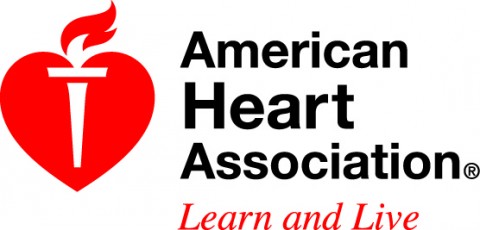 Dallas, TX – “Virtual reality hands” — controlled by stroke survivors’ thoughts — could help them recover use of their hands and arms, according to a small study presented at the American Heart Association’s Scientific Sessions 2013.
Dallas, TX – “Virtual reality hands” — controlled by stroke survivors’ thoughts — could help them recover use of their hands and arms, according to a small study presented at the American Heart Association’s Scientific Sessions 2013.
“Using a brain-computer interface, we’ve created an environment where people who may be too physically impaired to move can practice mental imagery to help regain use of their arms and hands,” said Alexander Doud, M.S., lead author.
Brain-computer interface technology can help tell if patients are activating regions of their brains in ways that have been linked to better recovery.“During rehabilitation, usually a therapist will move the patient’s hand or arm in the desired direction while asking that patient to imagine they are making the movement,” said Doud, who was a Masters student at the University of Minnesota in Minneapolis when the study was conducted. “In this practice space, the patients can control photorealistic hands by thinking about using their own hands without actually moving at all.”
The researchers tested the virtual system on six stroke survivors who suffered impaired arm and hand movement. The patients viewed the stimulus using 3-D glasses to produce the illusion that they were seeing their own arms.
Patients achieved as high as 81 percent accuracy when using the virtual hands to reach out to a glass of tea or water. They improved their skills in as little as three, two-hour experimental sessions.
“The system is created in a way that could allow it to be used to practice a wide variety of desired activities, such as picking up a toothbrush or opening a jar, with very little additional work to set up the system,” Doud said. “This can make it even more patient specific and that leads to patient motivation.”
Because of the study’s small sample size, results need to be replicated in a larger, more diverse population of stroke patients, Doud said.
The study does, however, prove the feasibility of this new approach that could also become an affordable rehabilitation tool.
“This is an engaging system that encourages patients to practice using the areas of their brain that may have been damaged or weakened by their stroke, and the technology could be used along with commonly provided rehabilitation therapy for stroke,” Doud said.
Doud is now chief technology officer at biomedical engineering and human factors design firm Synaptic Design and a medical student at the University of Minnesota.
Co-authors are Kaitlin Cassady, B.S.; Andrew Grande, M.D.; and senior researcher Bin He, Ph.D. Author disclosures are on the abstract.
The National Science Foundation and National Institutes of Health funded the study.


